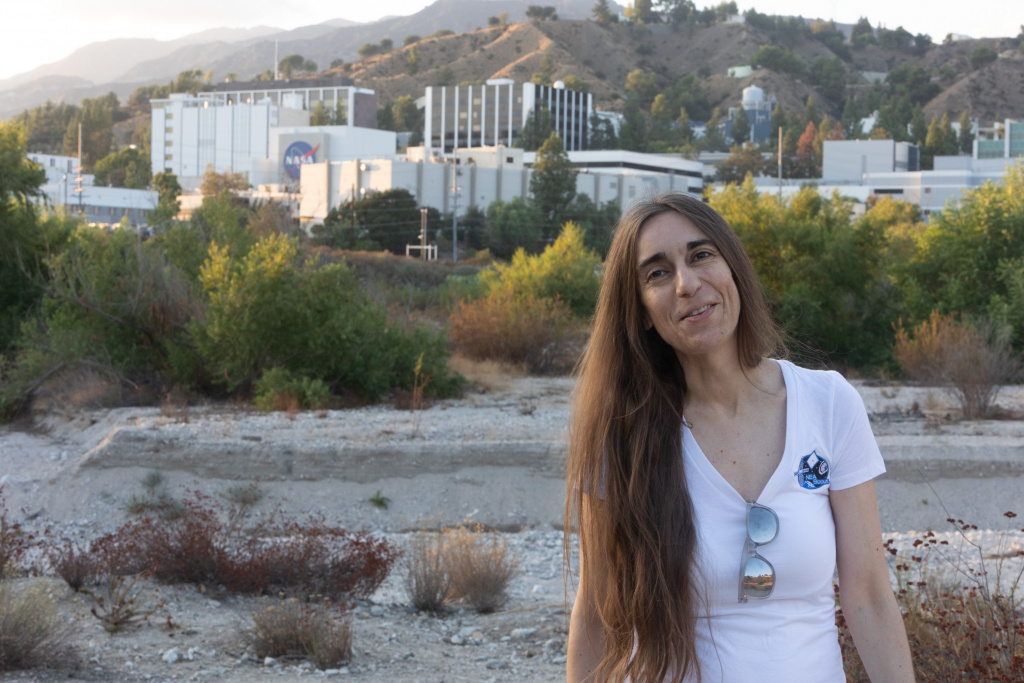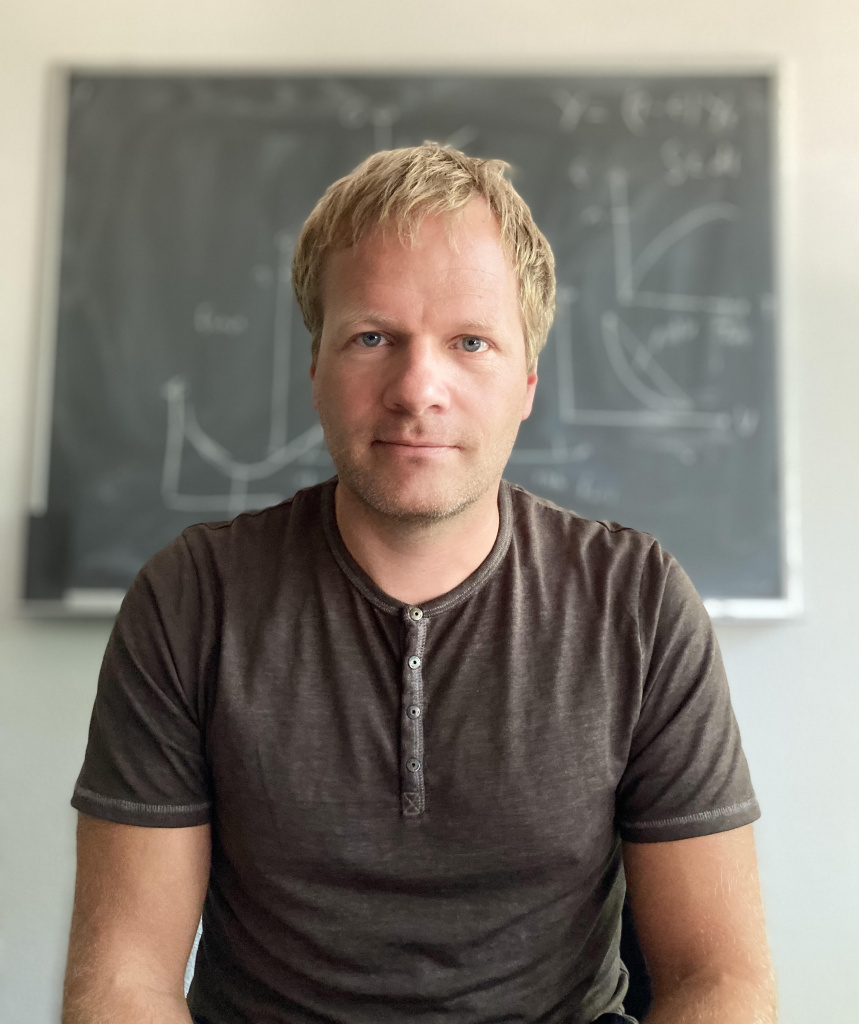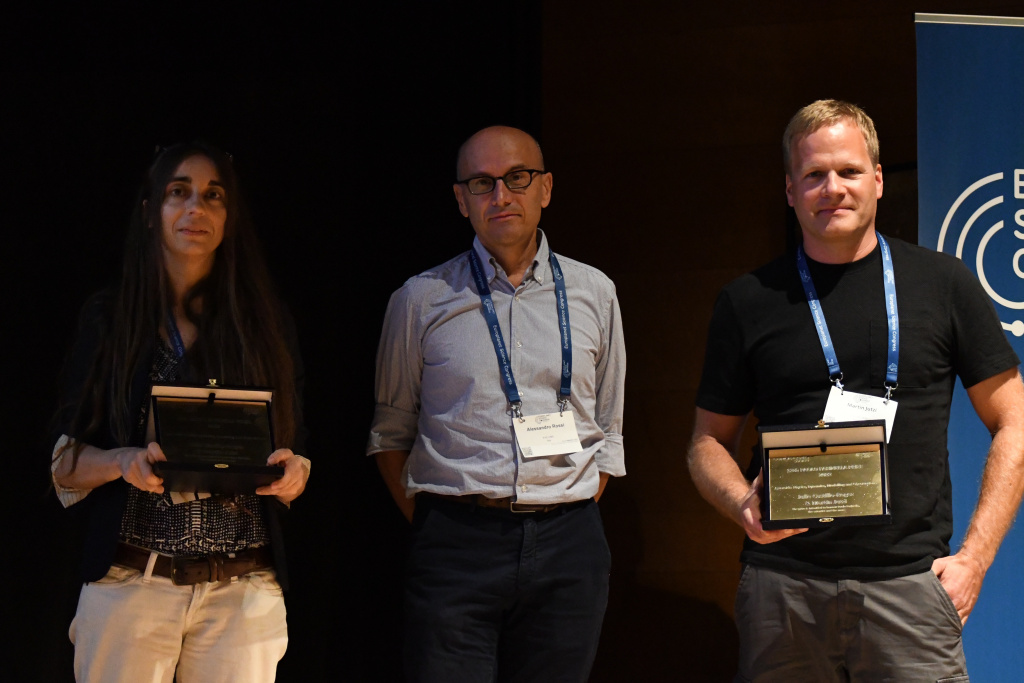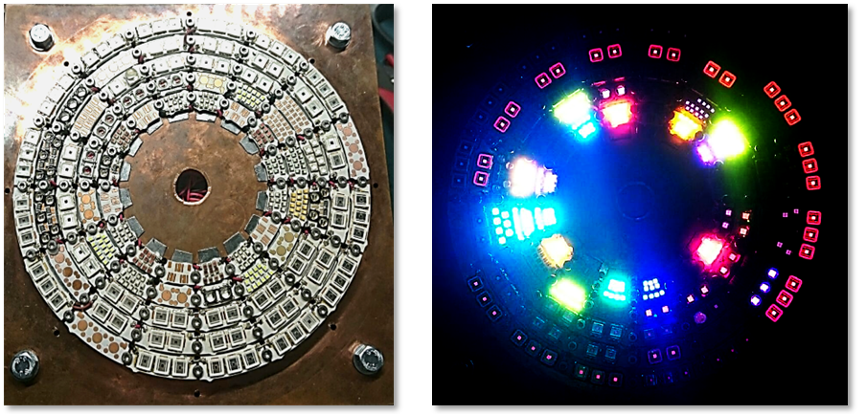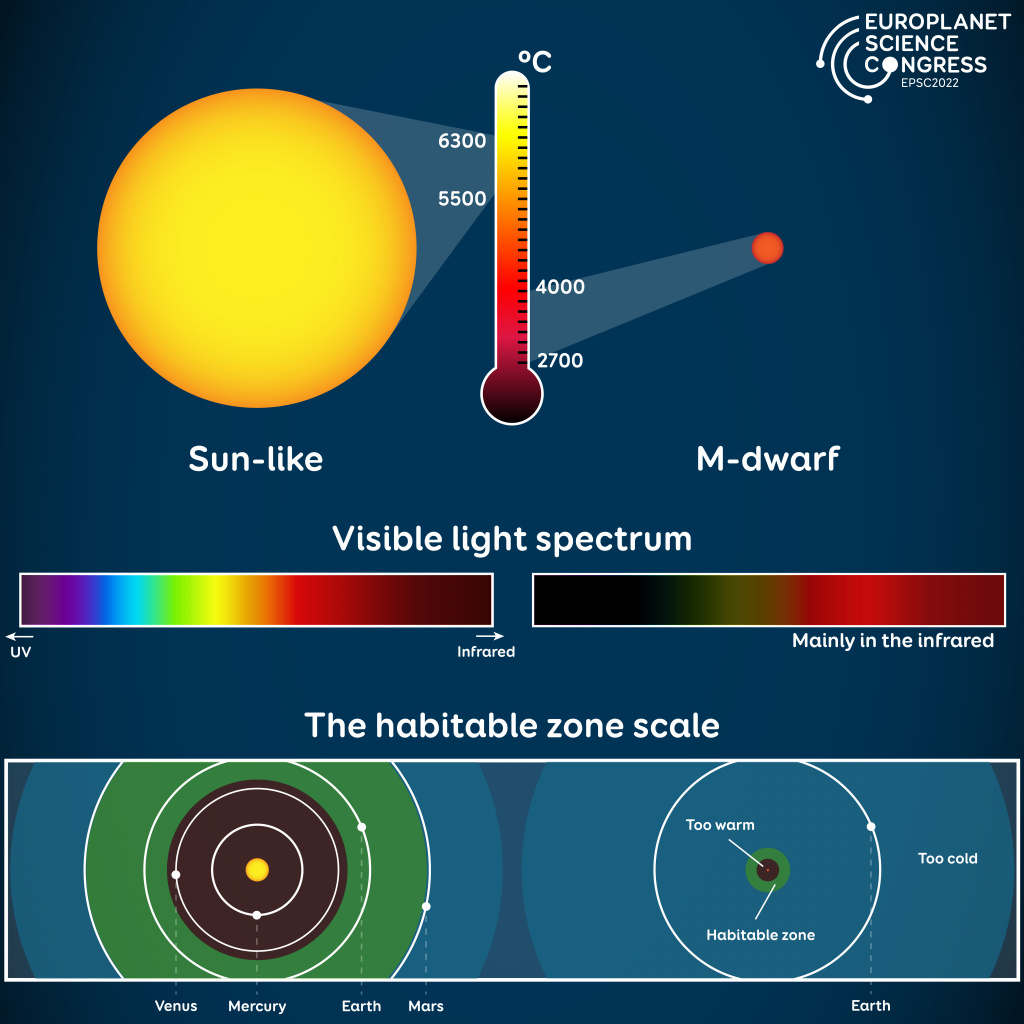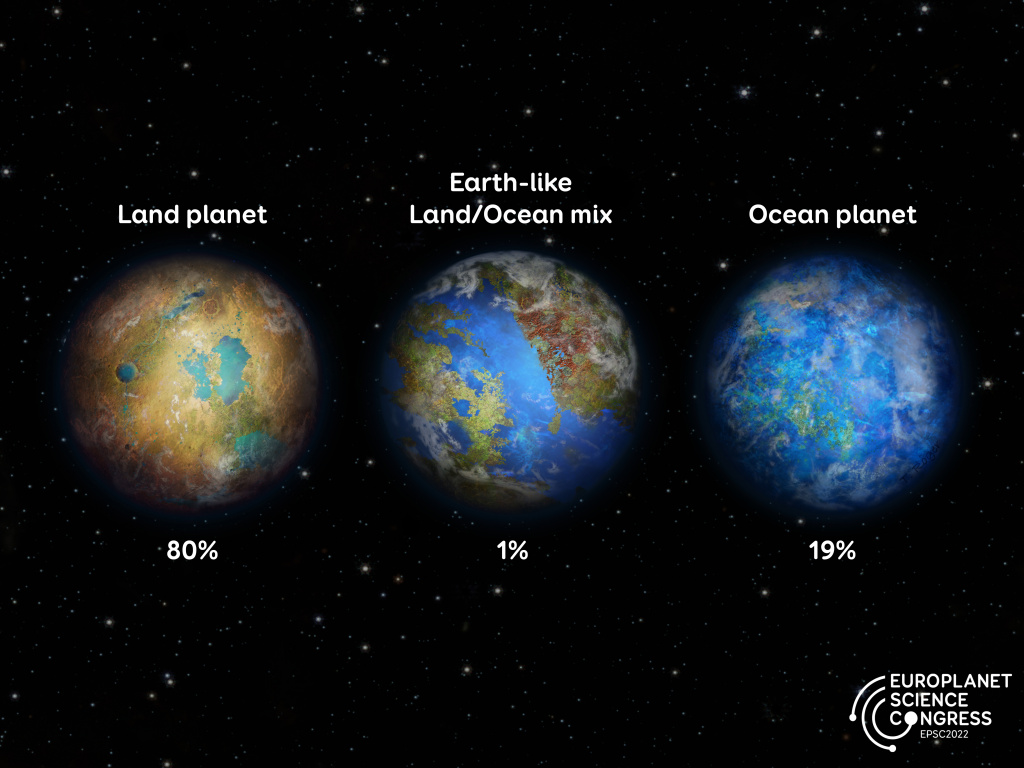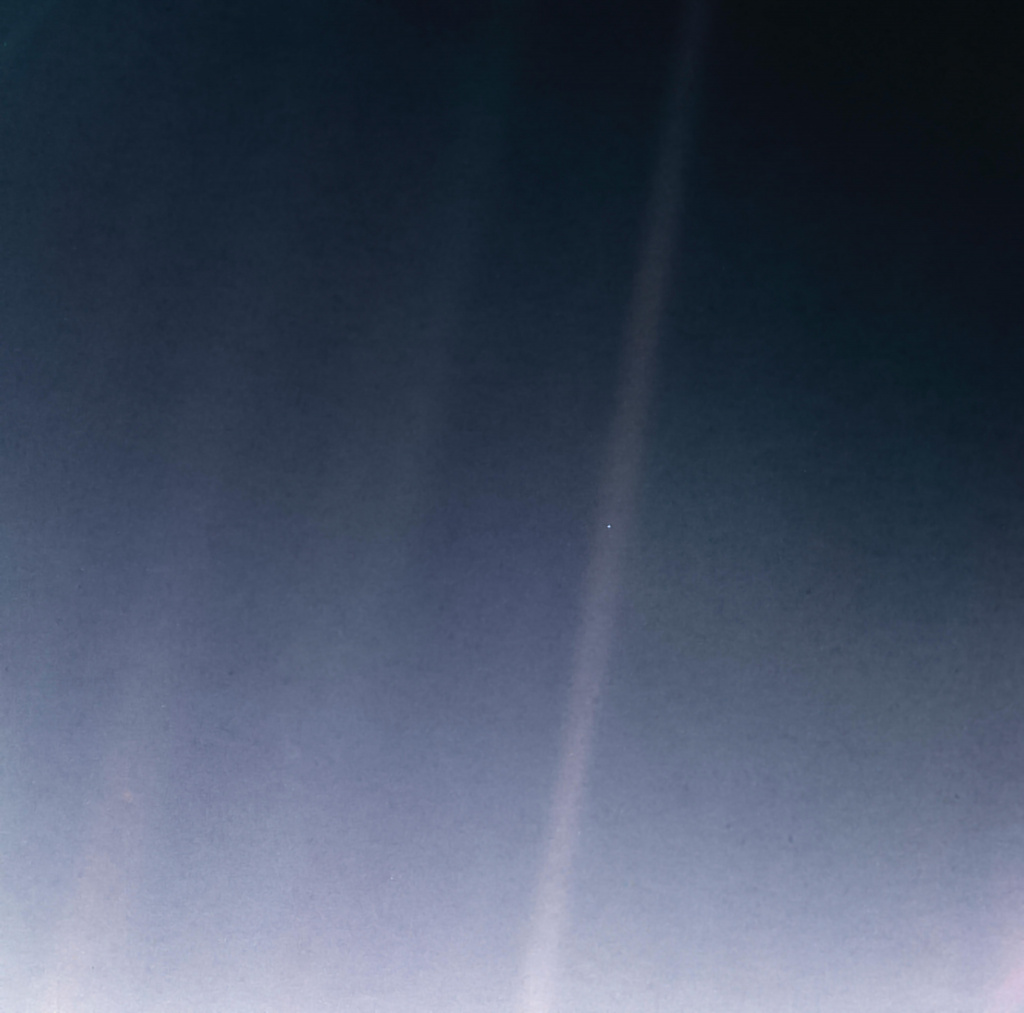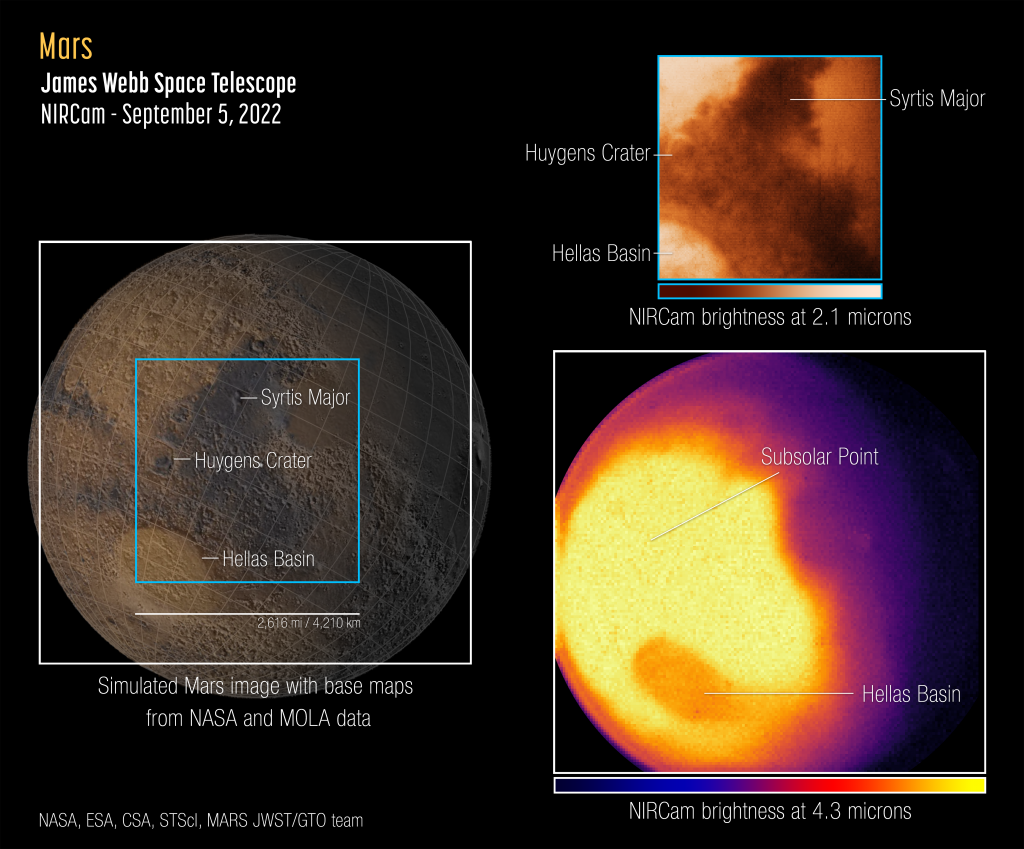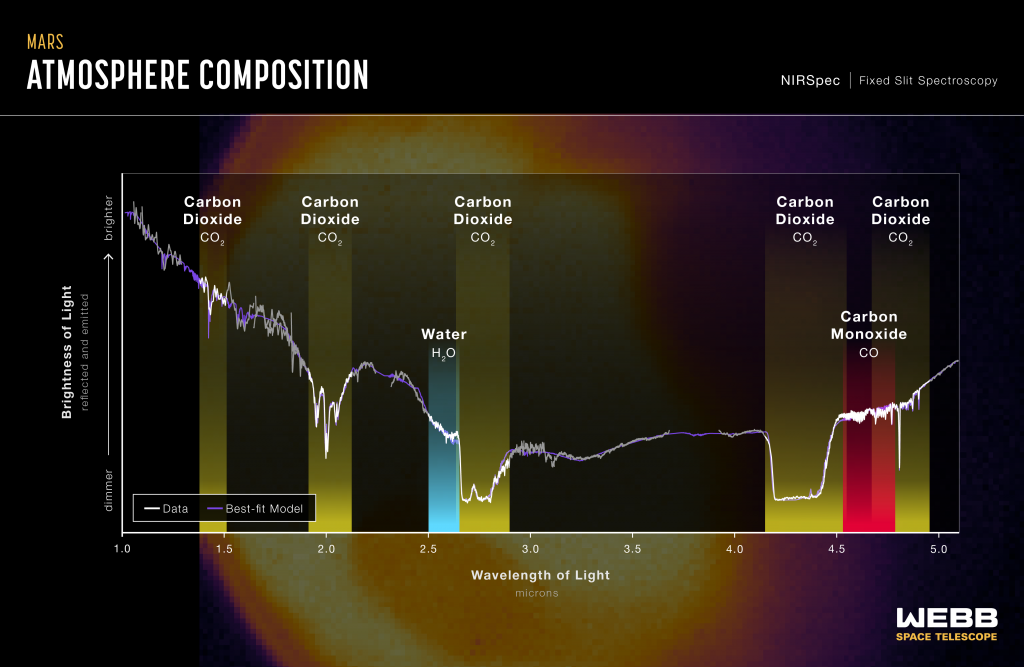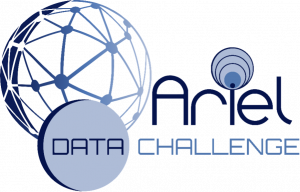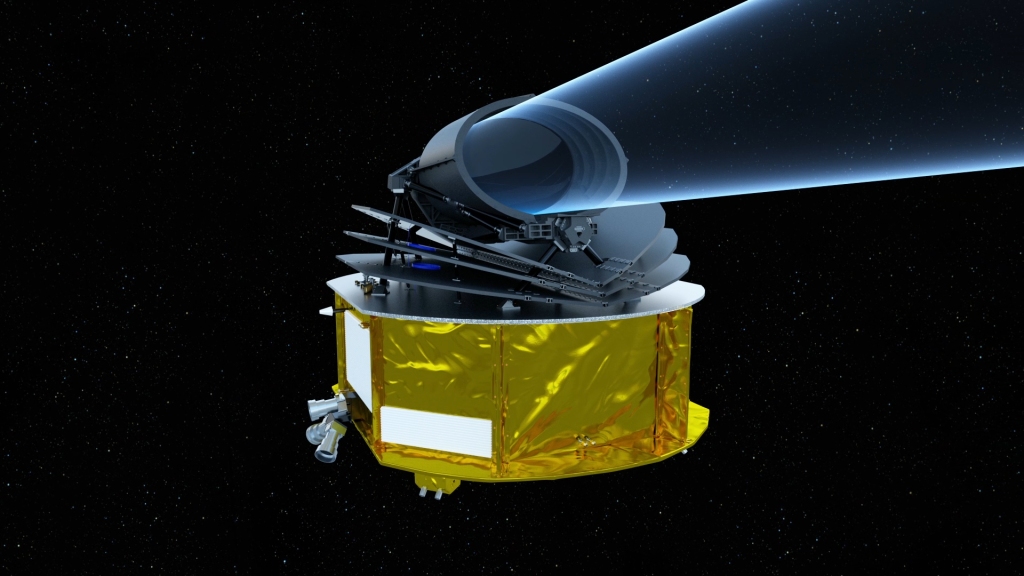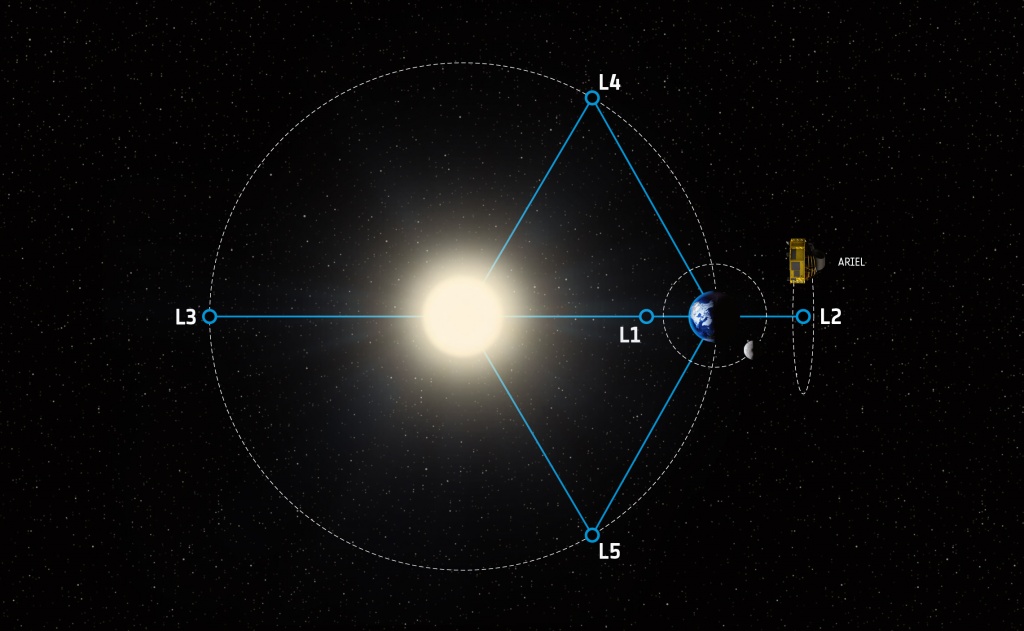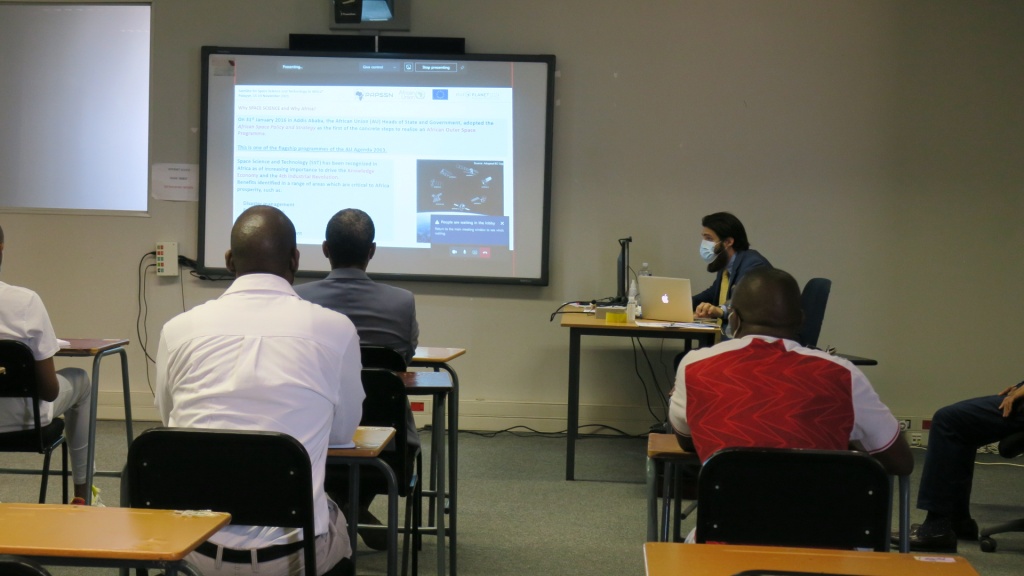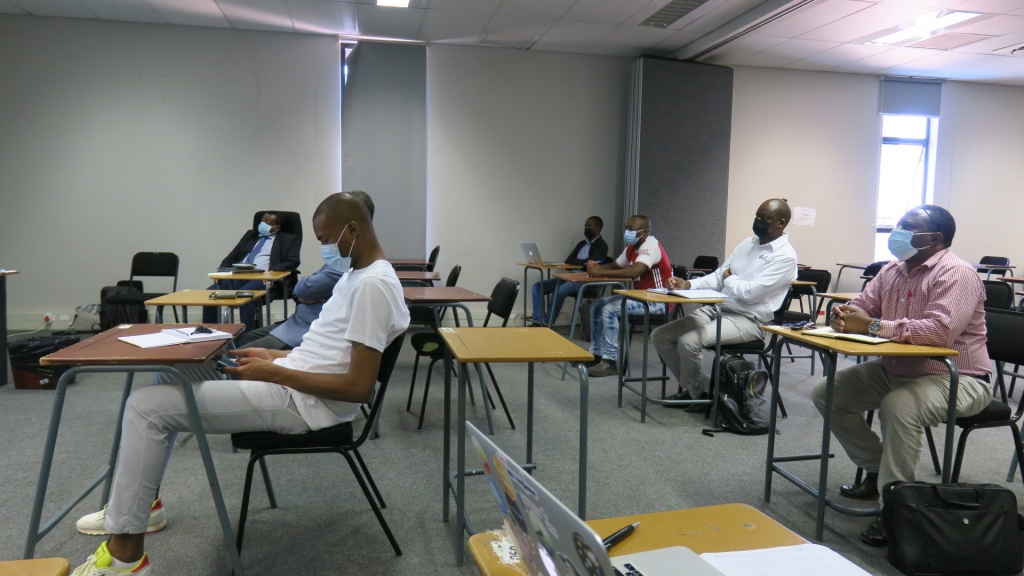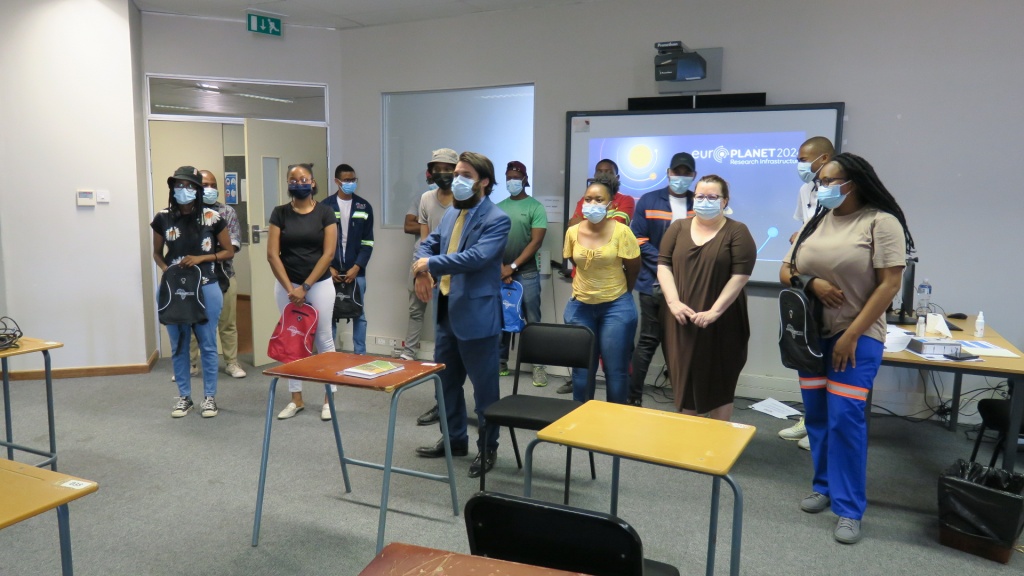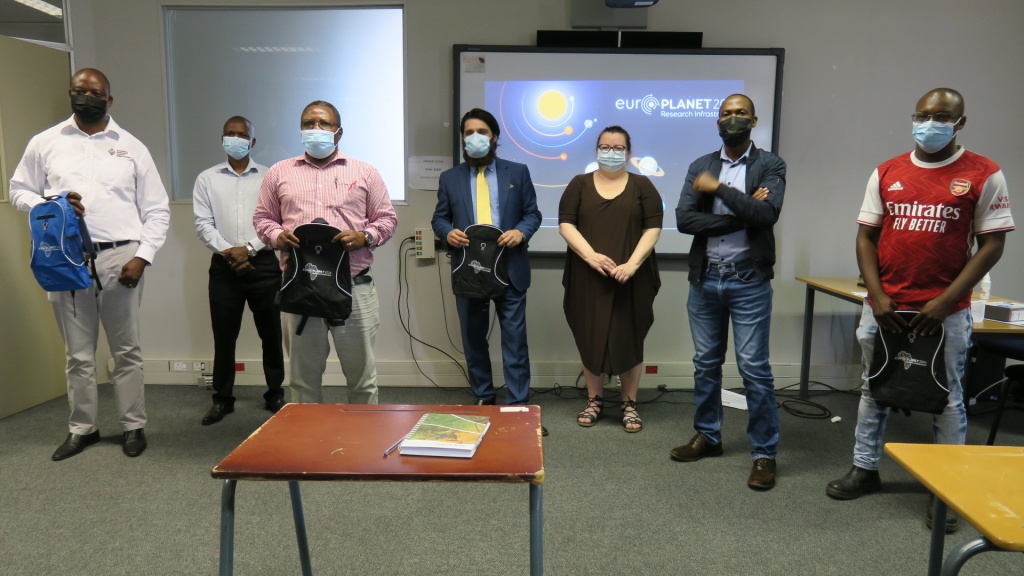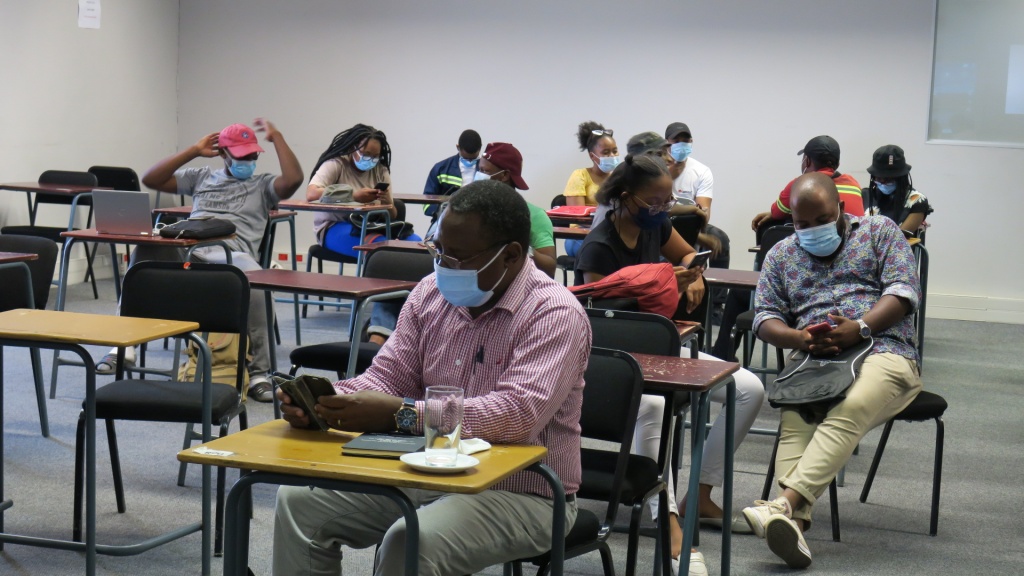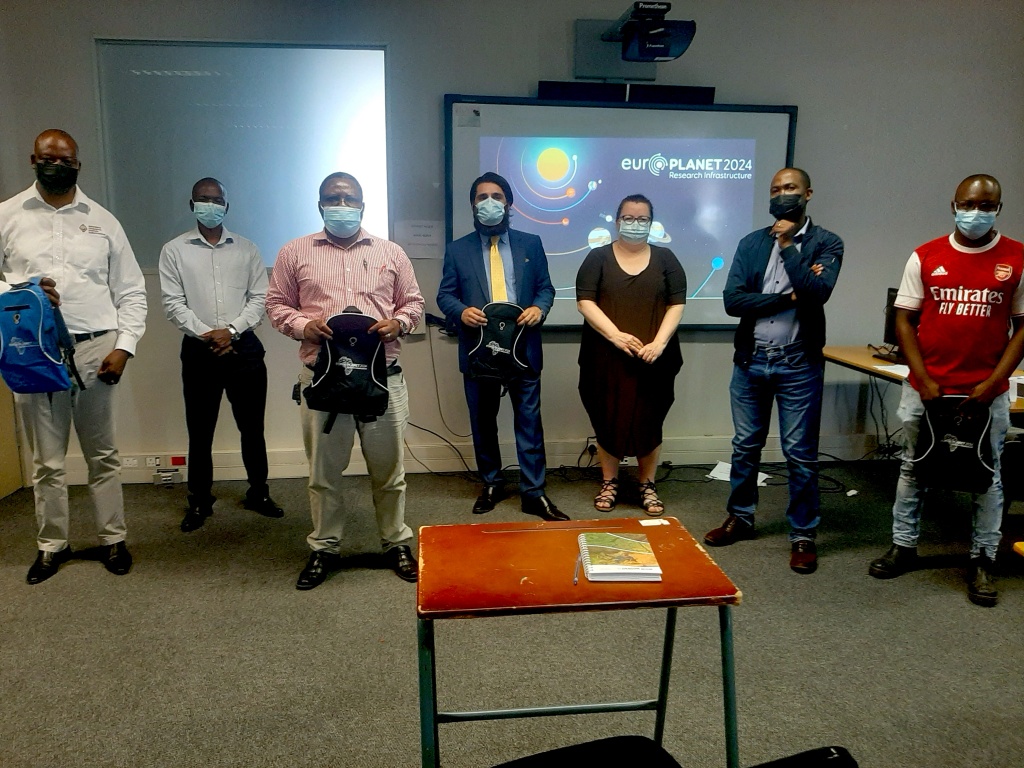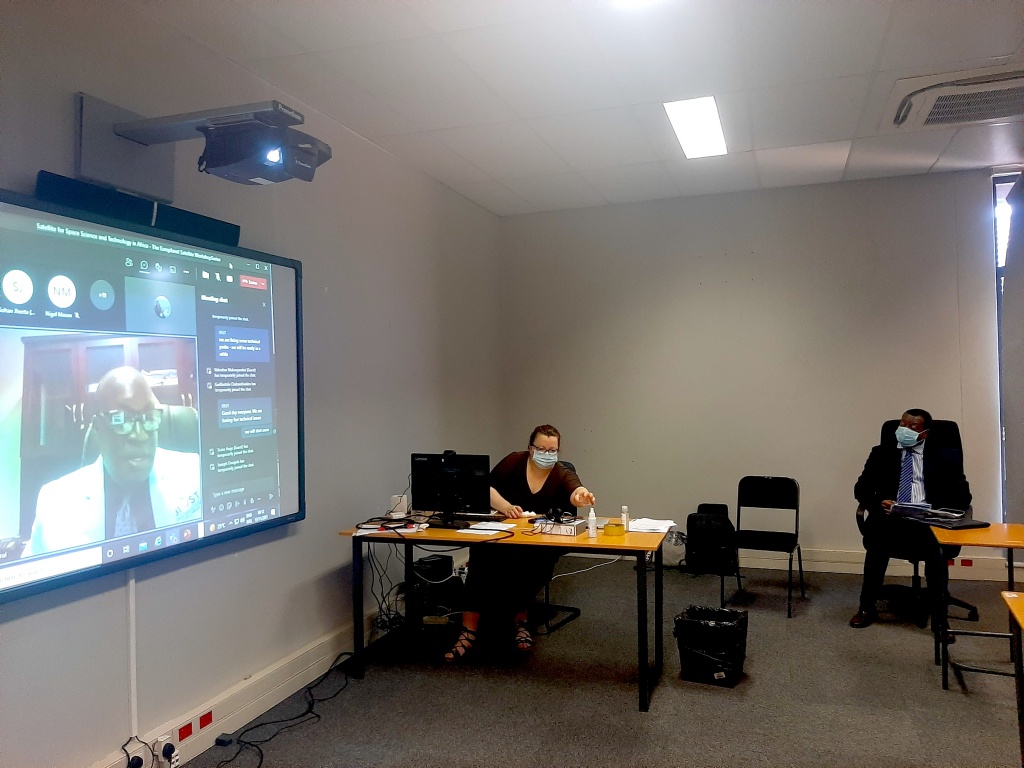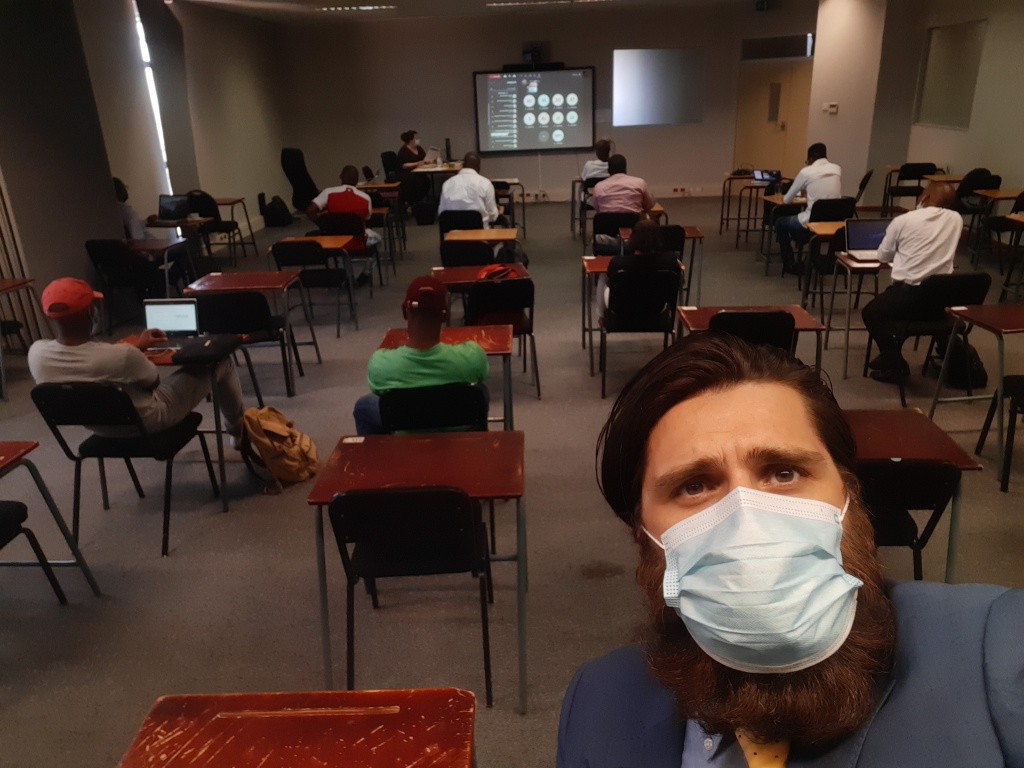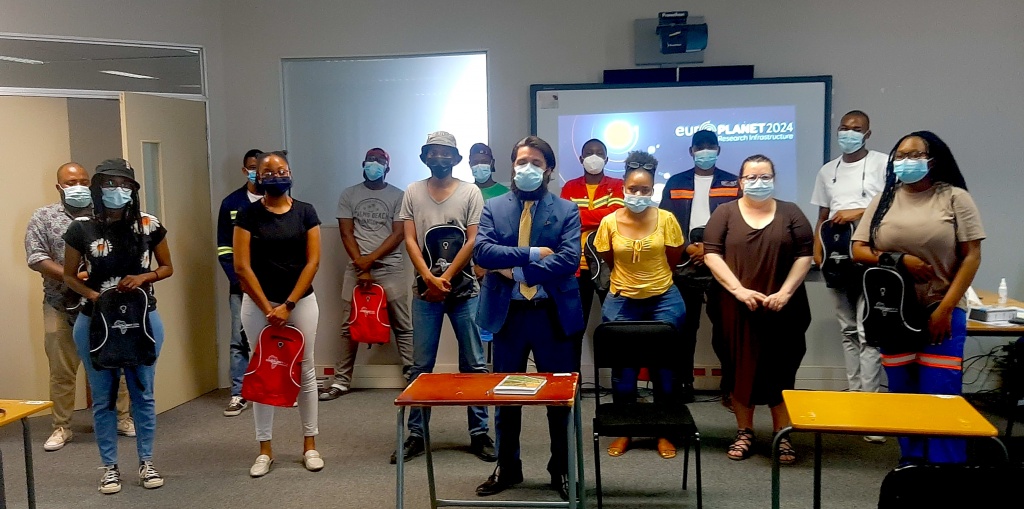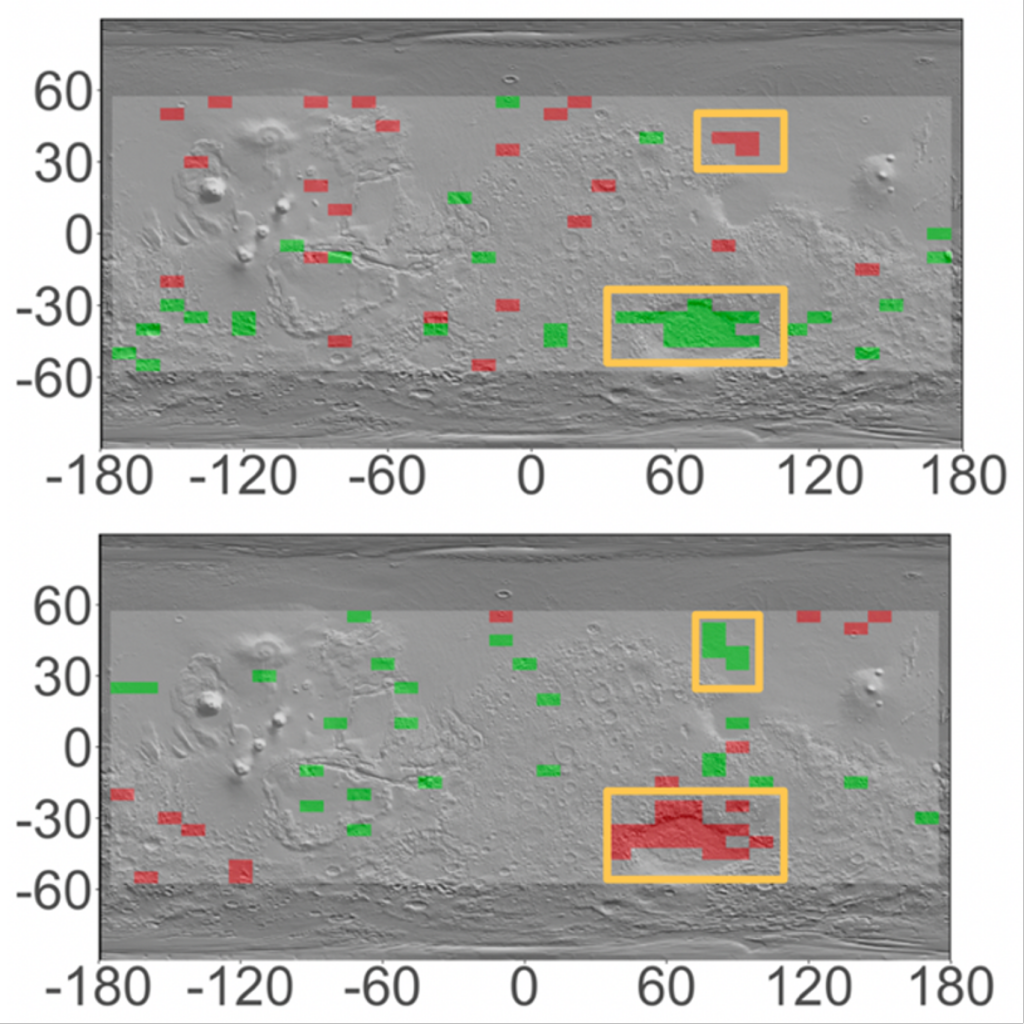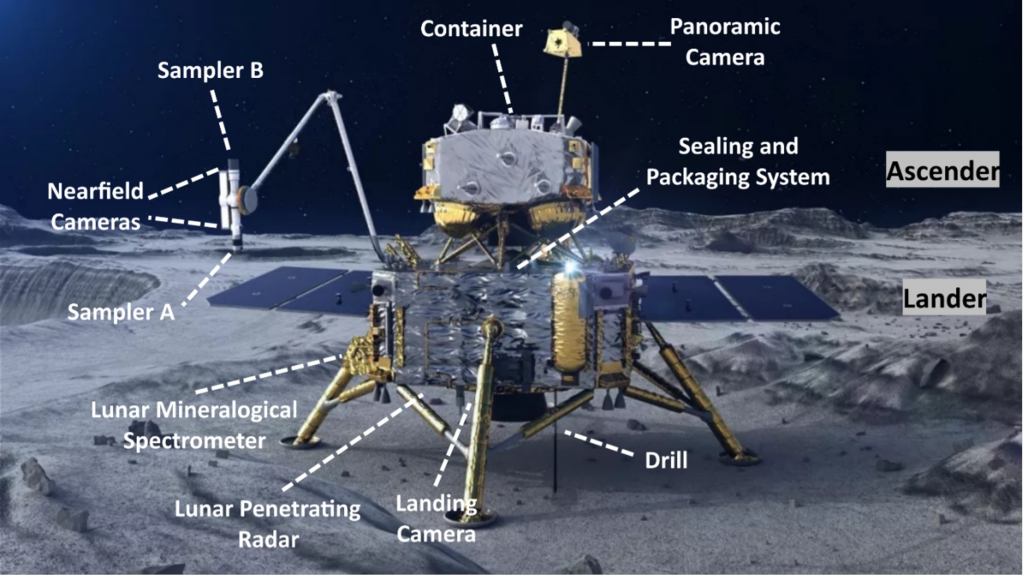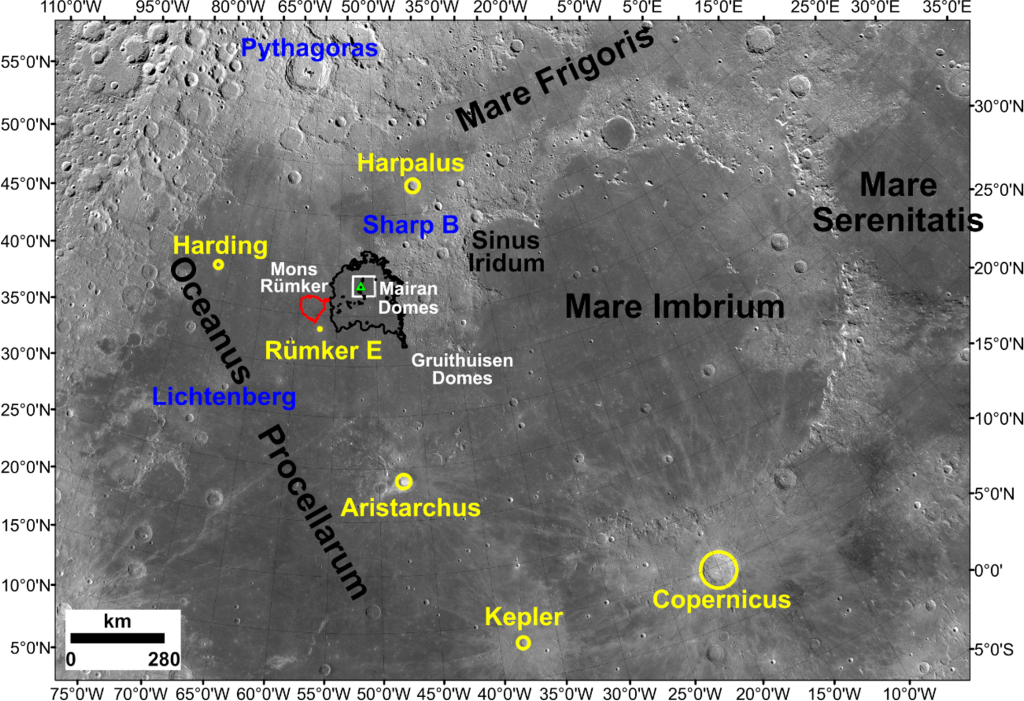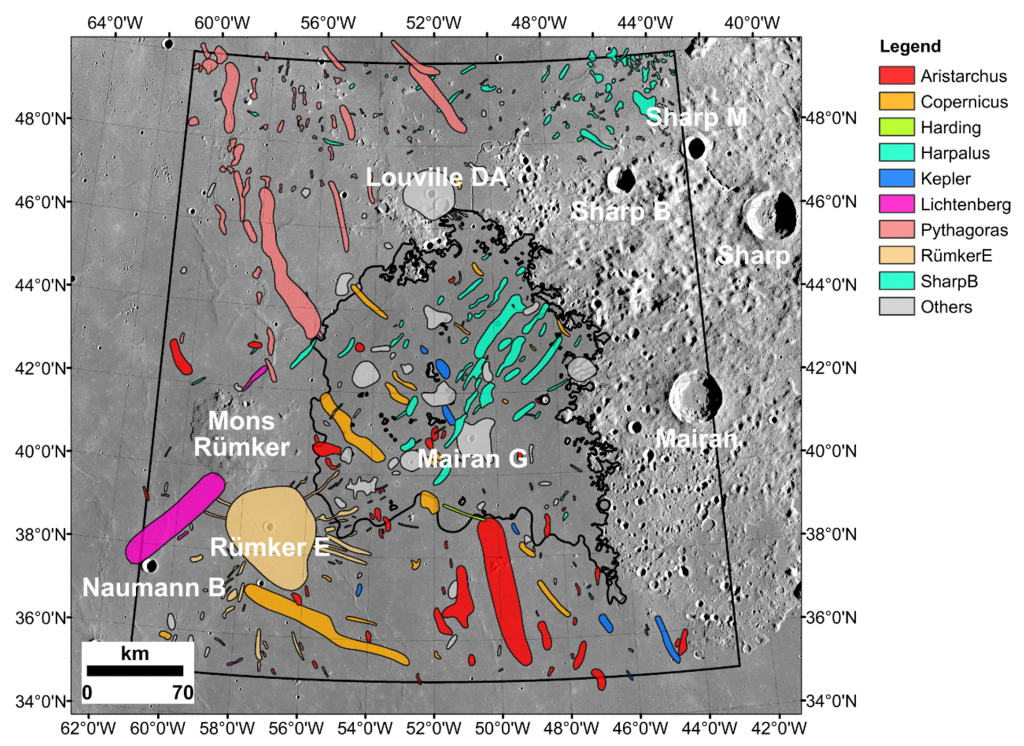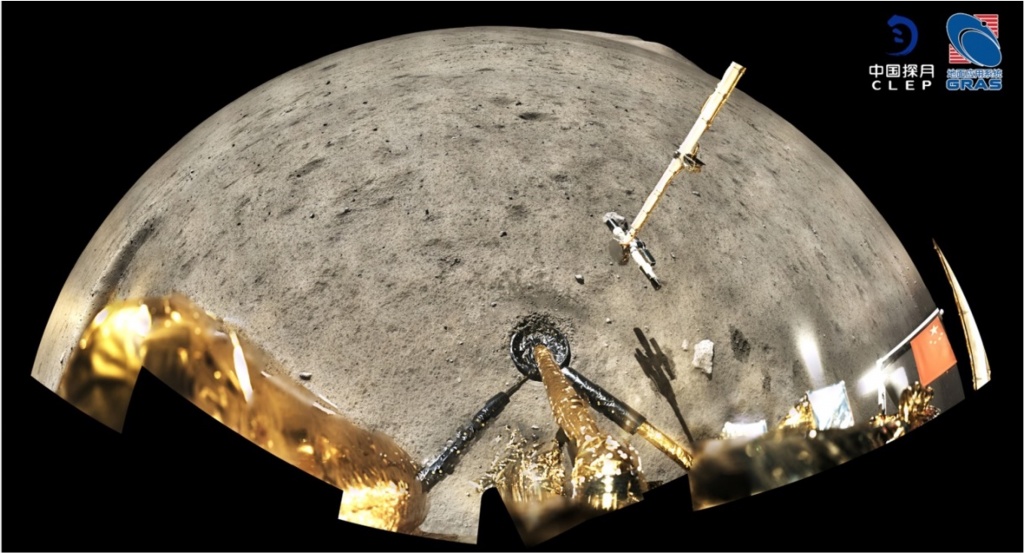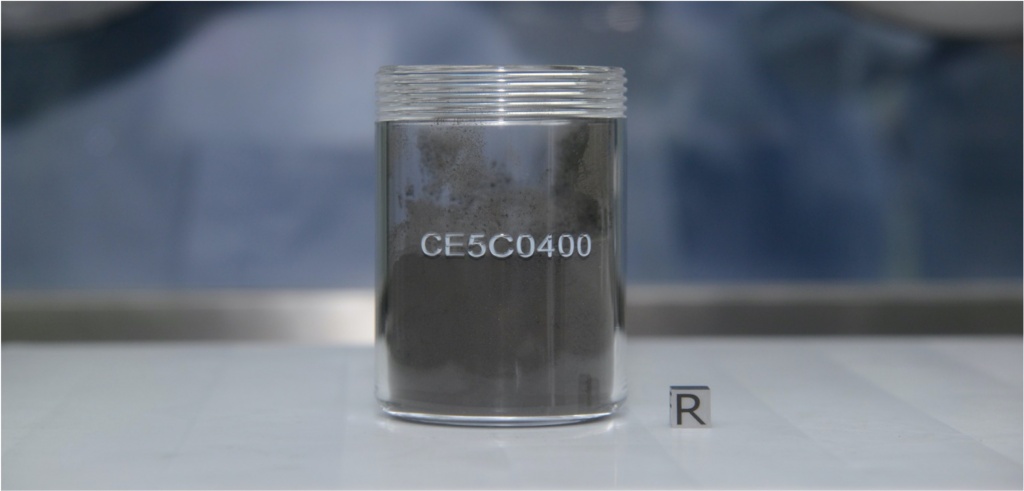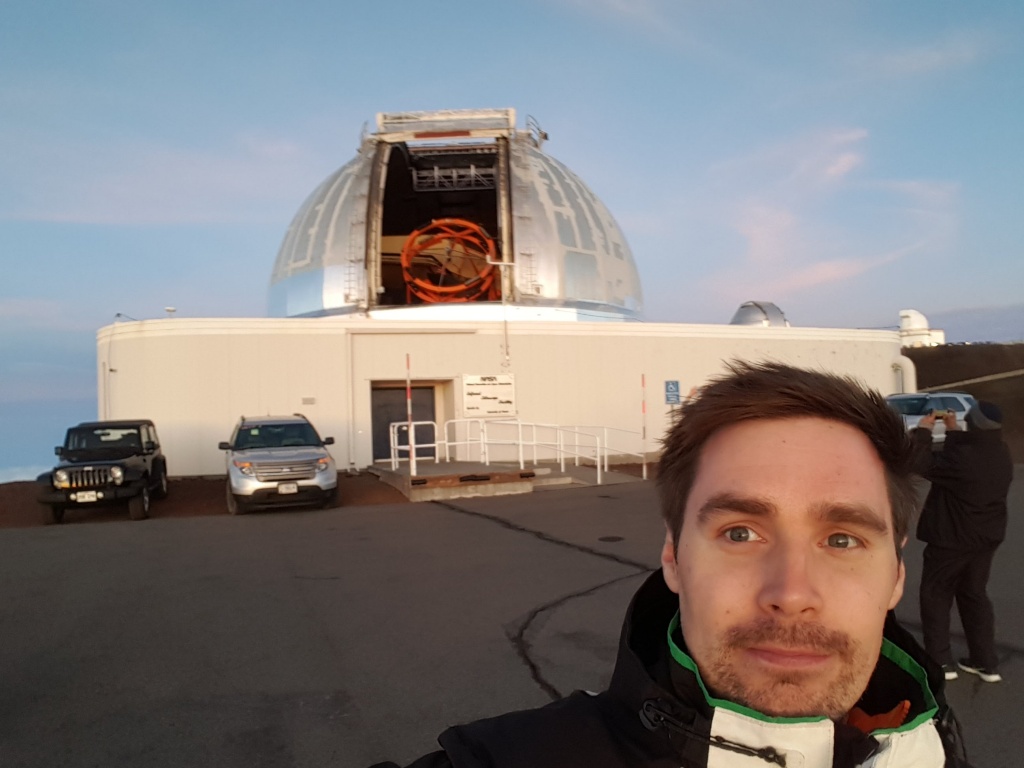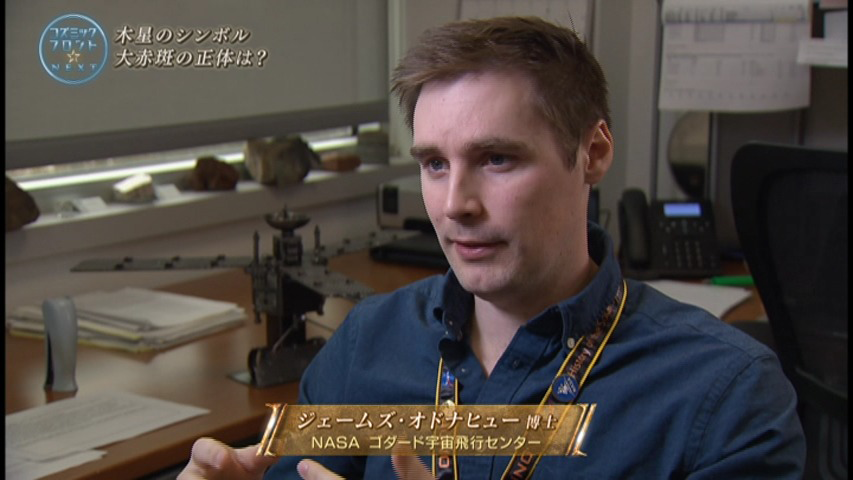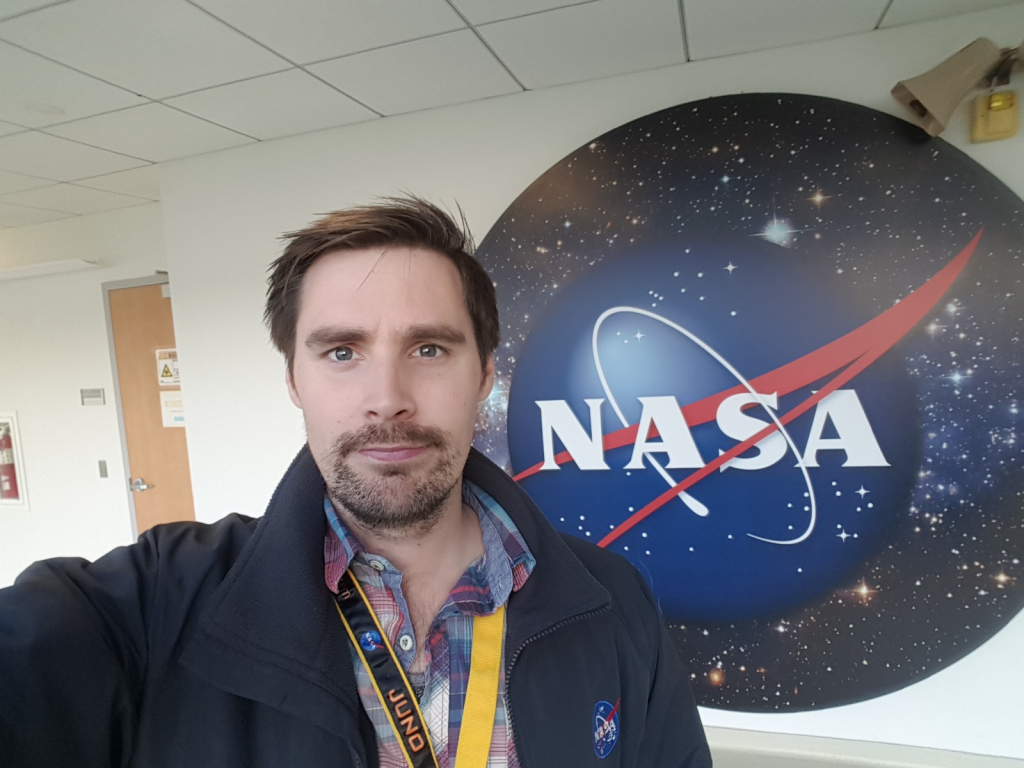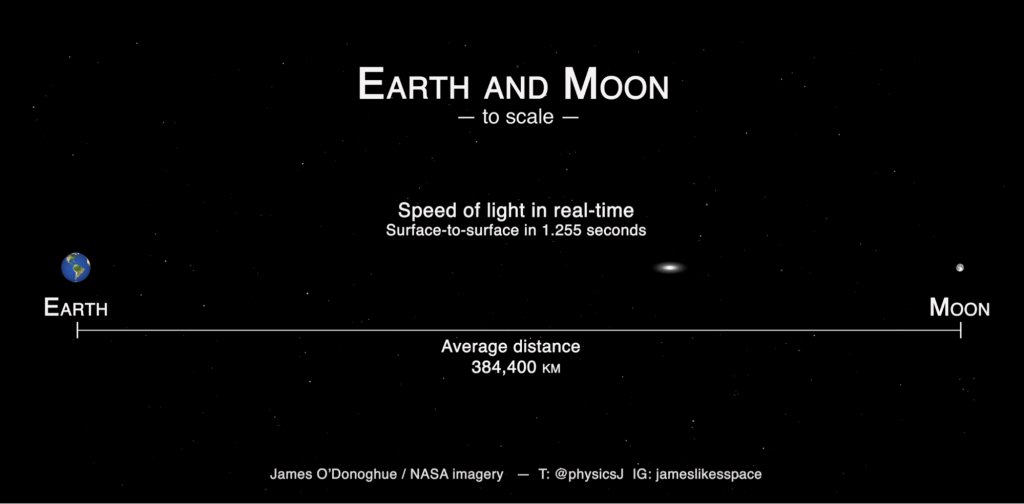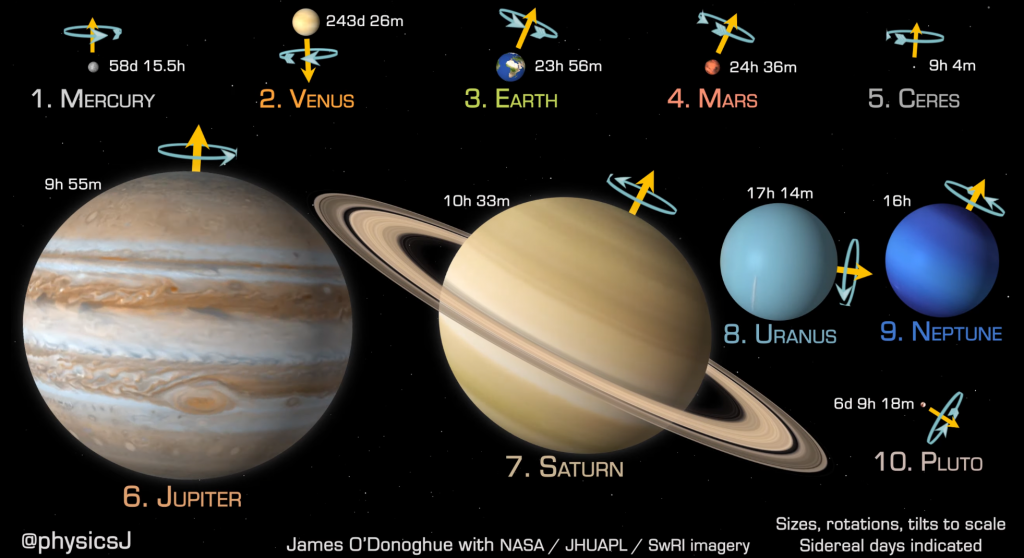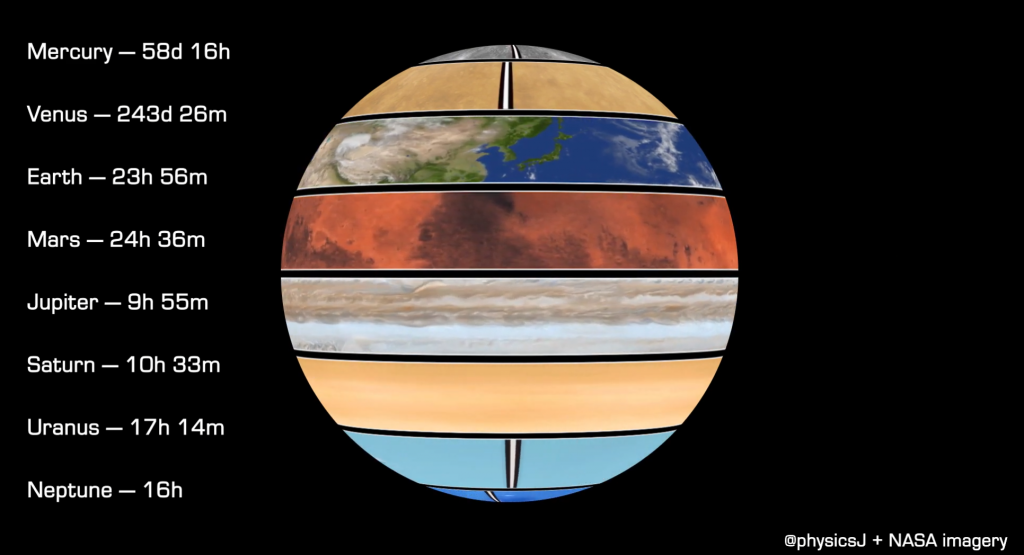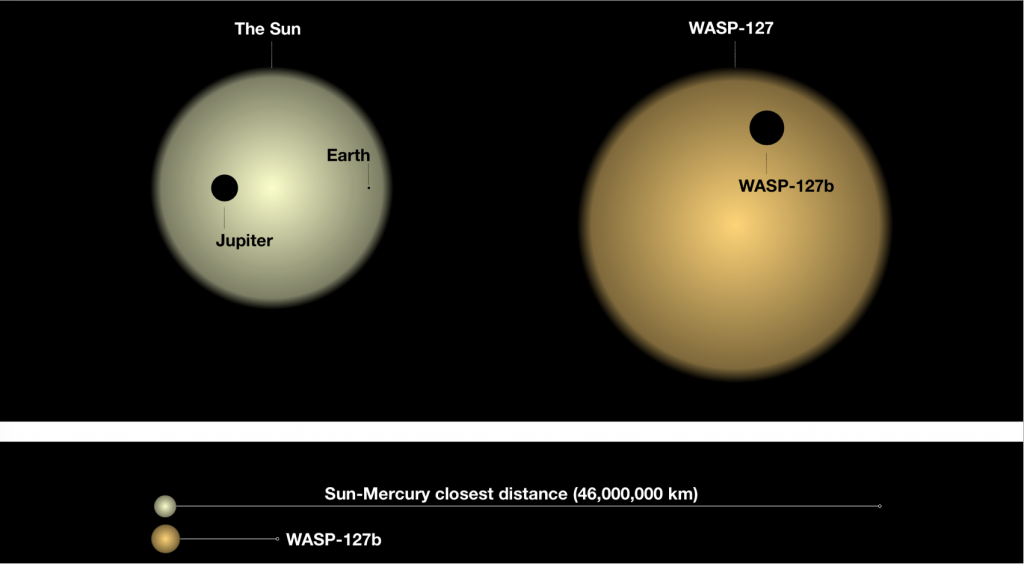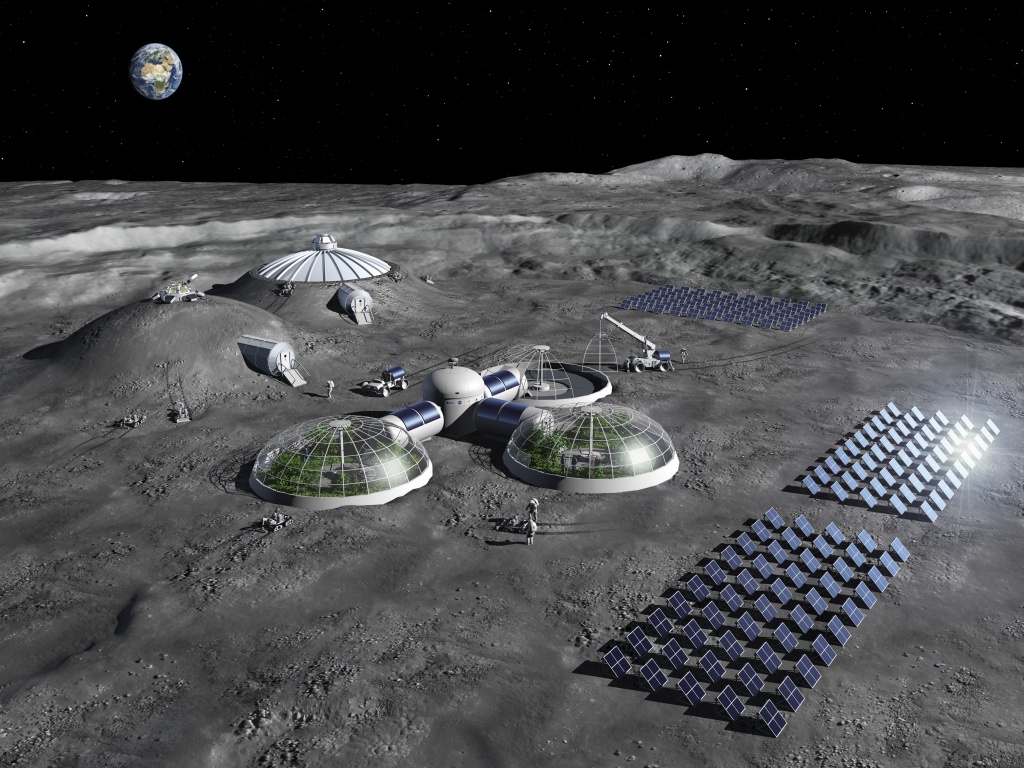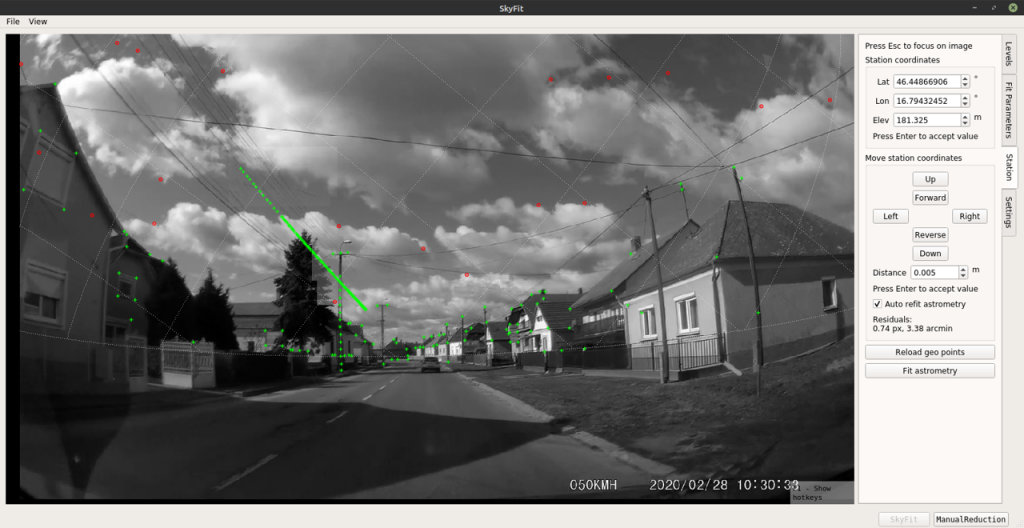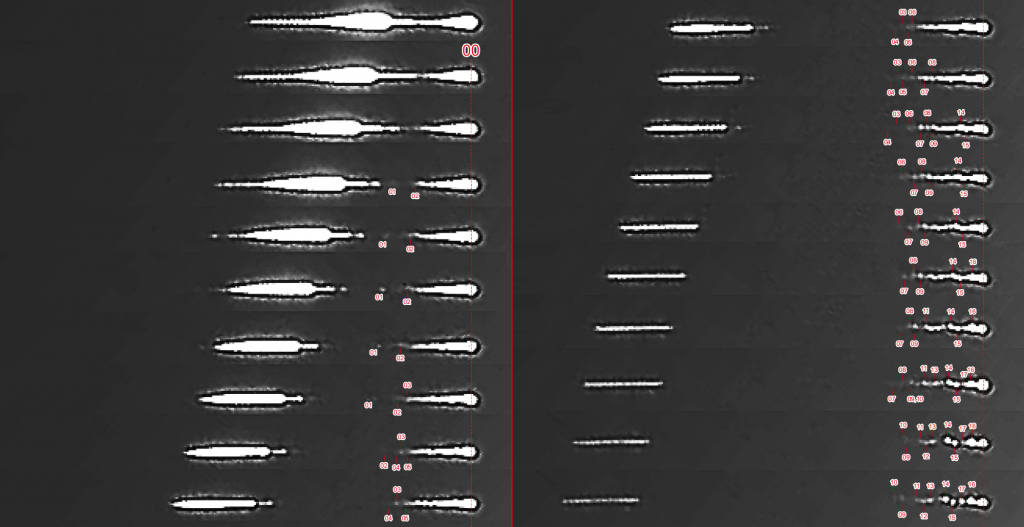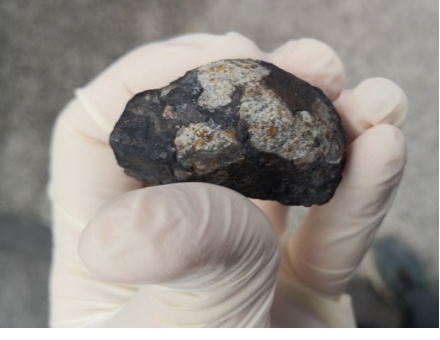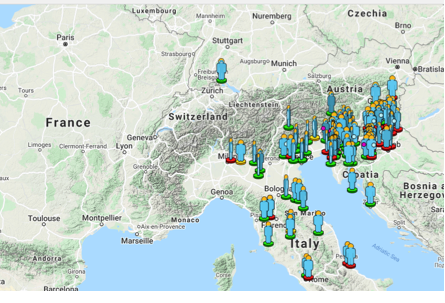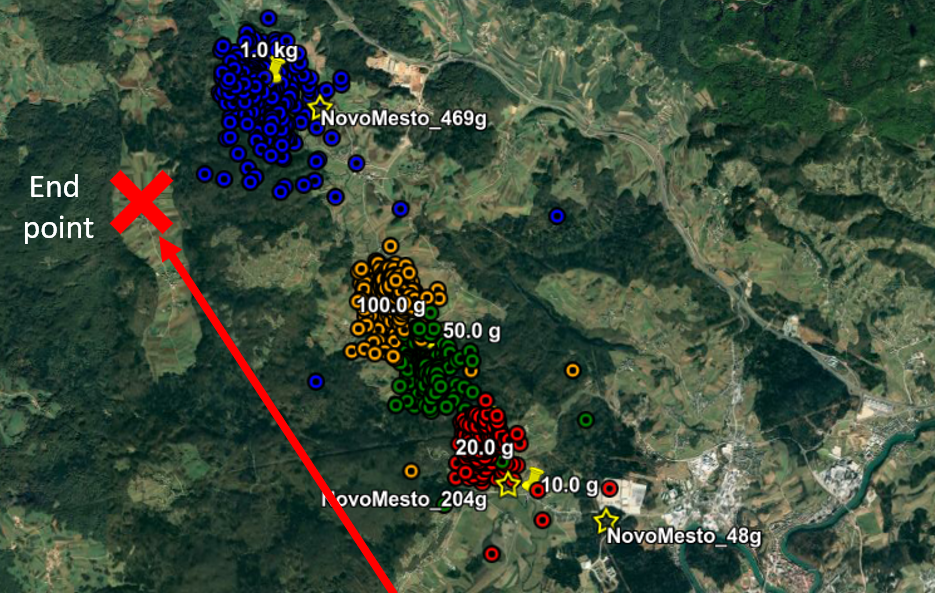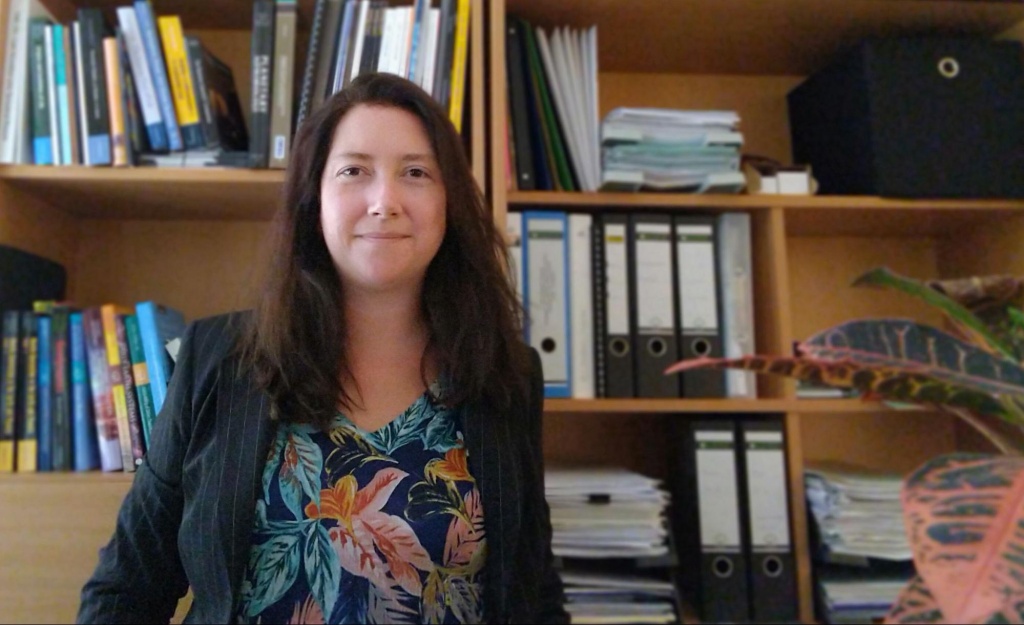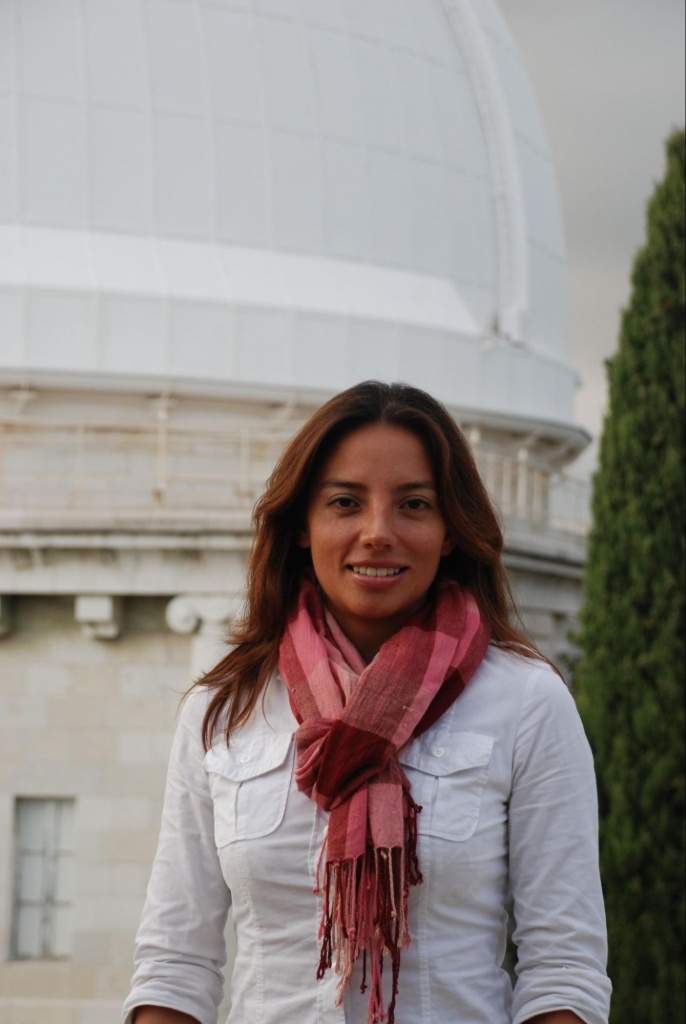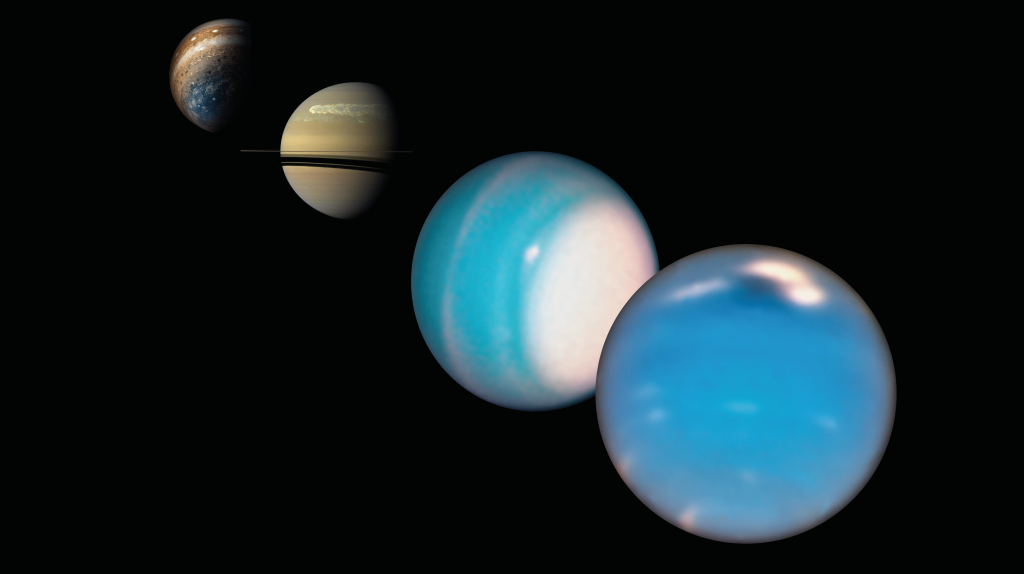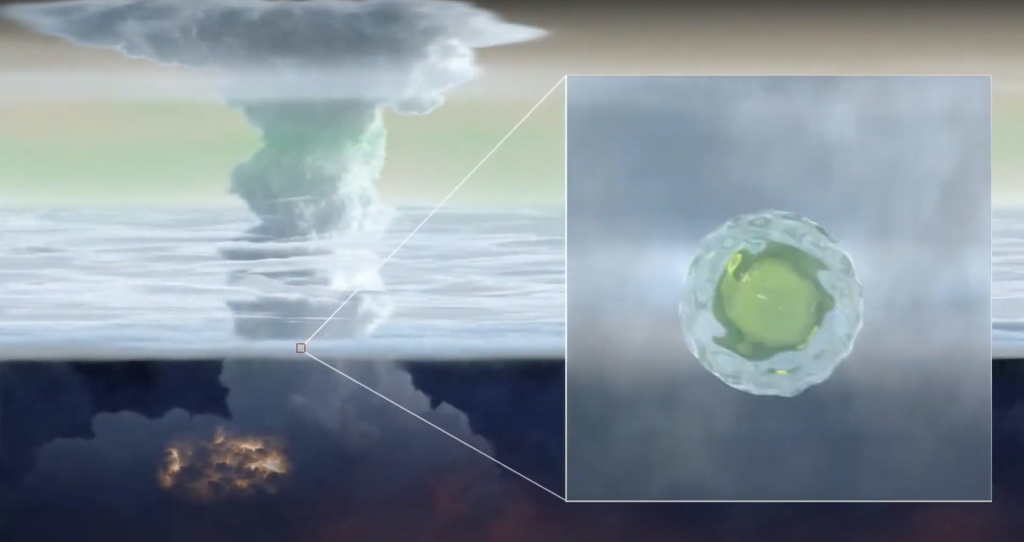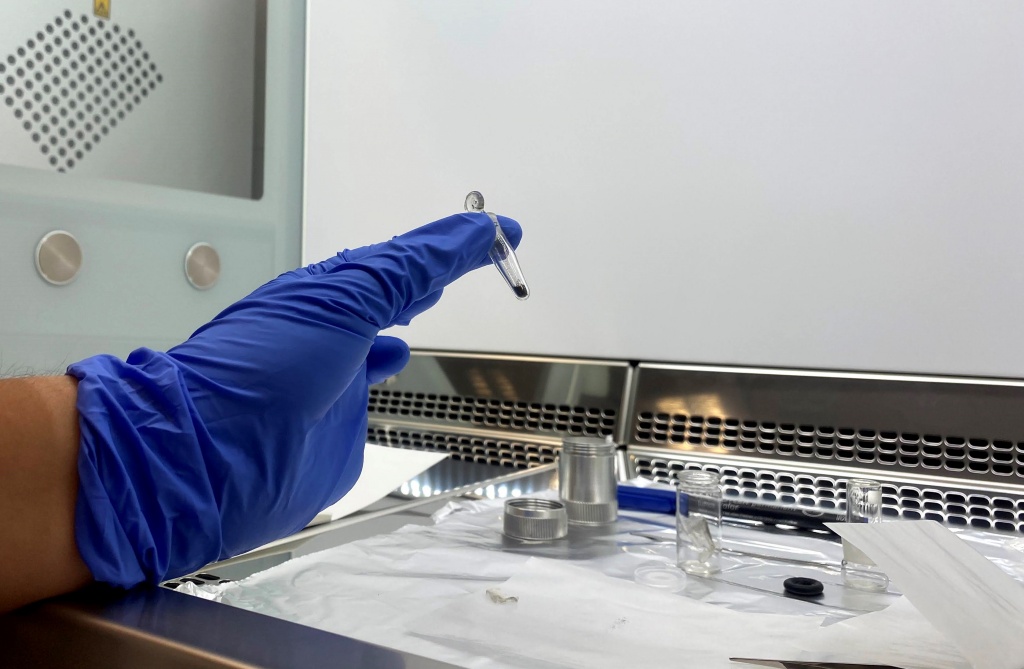First 3D renders from JunoCam data reveal “frosted cupcake” clouds on Jupiter
Animations of the relative heights of the cloud tops of Jupiter reveal delicately textured swirls and peaks that resemble the frosting on top of a cupcake. The results have been presented today by citizen scientist and professional mathematician and software developer, Gerald Eichstädt, at the Europlanet Science Congress (EPSC) 2022 in Granada.
The animation uses data from JunoCam, the visible-light camera onboard NASA’s Juno spacecraft, which has been orbiting Jupiter since 2016. Put on board initially to increase public engagement around the exploration of Jupiter and its moons, a worldwide team of citizen scientists, working in collaboration with professional astronomers and the Juno team, have demonstrated that JunoCam can also provide valuable science.
“The Juno mission provides us with an opportunity to observe Jupiter in a way which is essentially inaccessible by Earth-based telescopic observations. We can look at the same cloud features from very different angles within only a few minutes.” said Dr Eichstätd. “This has opened up a new opportunity to derive 3D elevation models of Jupiter’s cloud-tops. The images of the wonderful chaotic storms on Jupiter seem to come to life, showing clouds rising at different altitudes.”
Using the different ways in which sunlight is reflected and scattered by clouds, the team has succeeded in pinpointing the elevation of the cloud-tops observed. Solar illumination is most intense for clouds in the upper atmosphere. Deeper in the atmosphere, more light is absorbed – particularly by methane – before being scattered back up to the camera by the cloud tops.
Understanding the relative heights of the spiky pillars within the swirls will help scientists to unveil in more detail the elements that compose them.
“From theoretical models, the clouds are expected to be composed of different chemical species, ammonia, ammonium hydrosulphide, and water ice from top to bottom.” added Dr Eichstädt. “Once we calibrate our data thanks to other measurements of the same cloud tops, we will test and refine the theoretical predictions and have a better 3D picture of the chemical composition.”
Images and Videos
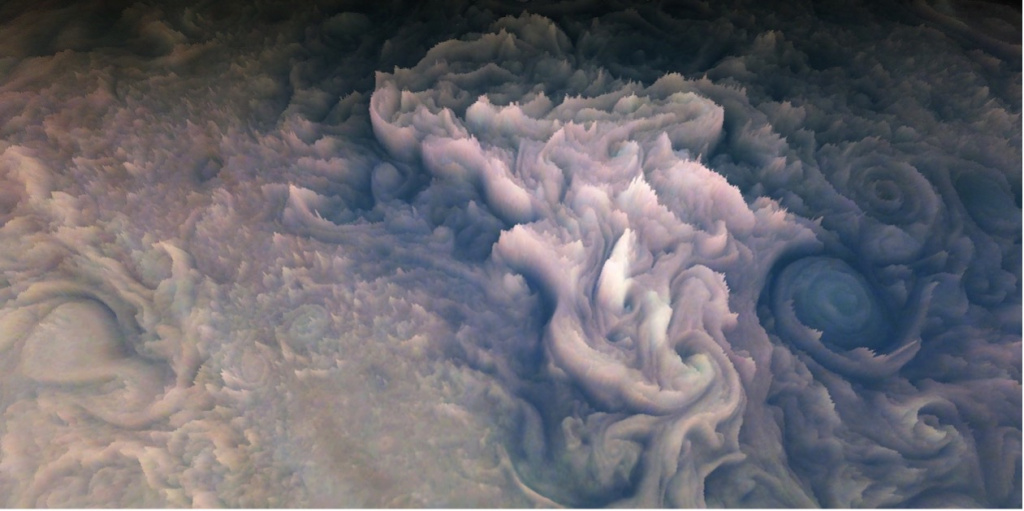
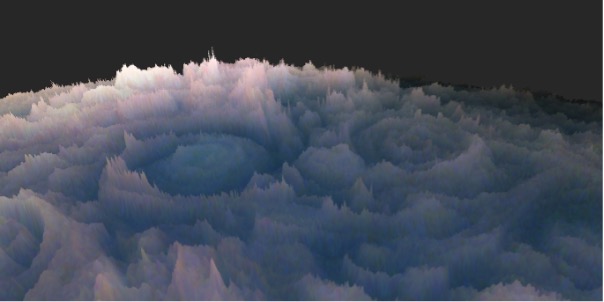
Video
Intensity data of visible light seen by a camera can be plotted as a 3D elevation landscape. This computer animation shows a flight over such a landscape for processed, red-filtered image data collected by JunoCam, the wide-angle visible light imager of NASA’s Juno spacecraft, during her 43rd close Jupiter flyby. The image underlying this fly-over was taken at a nominal altitude of 13,536.3 km above Jupiter’s cloud tops. In general, brighter cloud-tops correlate to their higher elevation, especially when observed in the 890 nanometre methane absorption band. But exceptions exist, mostly induced by cloud-top color and albedo. Juno scientists are working on a calibration which translates these brightness landscapes into models of physical cloud-top elevation models. Video credit: NASA / JPL-Caltech / SwRI / MSSS / Gerald Eichstädt
Further information
Eichstädt, G., Orton, G., and Hansen-Koharcheck, C.: Long-Baseline Observations with JunoCam, Europlanet Science Congress 2022, Granada, Spain, 18–23 Sep 2022, EPSC2022-1124, 2022.
https://meetingorganizer.copernicus.org/EPSC2022/EPSC2022-1124.html
Science contacts
Gerald Eichstädt
Freelance Mathematician and Software Developer
Stuttgart, Germany
Media contacts
EPSC2022 Press Office
+44 7756 034243
epsc-press@europlanet-society.org
Notes for Editors
About the Europlanet Science Congress (EPSC)
The Europlanet Science Congress (https://www.epsc2022.eu/) formerly the European Planetary Science Congress, is the annual meeting of the Europlanet Society. With a track record of 16 years, and regularly attracting around 1000 participants, EPSC is the largest planetary science meeting in Europe. It covers the entire range of planetary sciences with an extensive mix of talks, workshops and poster sessions, as well as providing a unique space for networking and exchanges of experiences.
Follow on Twitter via @europlanetmedia and using the hashtag #EPSC2022.
About Europlanet
Since 2005, Europlanet (www.europlanet-society.org) has provided Europe’s planetary science community with a platform to exchange ideas and personnel, share research tools, data and facilities, define key science goals for the future, and engage stakeholders, policy makers and European citizens with planetary science.
The Europlanet 2024 Research Infrastructure (RI) has received funding from the European Union’s Horizon 2020 research and innovation programme under grant agreement No 871149 to provide access to state-of-the-art research facilities and a mechanism to coordinate Europe’s planetary science community.
The Europlanet Society promotes the advancement of European planetary science and related fields for the benefit of the community and is open to individual and organisational members. The Europlanet Society is the parent organisation of the Europlanet Science Congress (EPSC).
About EANA
The European Astrobiology Network Association (http://www.eana-net.eu), joins together people interested in the origins of life and the search for extraterrestrial life in the Solar System and beyond. This interdisciplinary domain involves scientists from multiple disciplines such as chemistry, physics, biology, geology, astronomy, and human sciences.

